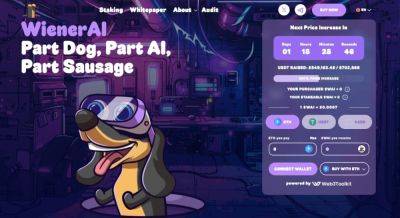Securing the Future of Asset Tokenization Requires Industry-Wide Standards: Casper Exec
HSBC’s recent launch of retail gold tokens underscores the growing adoption of financial asset tokenization, a practice that’s transitioning from early adoption to mainstream use.
However, challenges remain in ensuring standardization and broader integration.
Asset tokenization leverages blockchain technology to represent ownership of real-world assets (real estate, art, shares, etc.) as tradable digital tokens. These tokens function as digital ownership certificates, enabling fractional ownership. As a result, it broadens the investor base and increases trading activity, thereby enhancing liquidity in these markets.
A critical limitation of many current tokenization platforms is their narrow scope, according to Ralf Kubli, board member for the Casper Association.
He explained that tokenization platforms prioritize the digitization of the underlying asset itself, neglecting to represent the associated liabilities and cash flows. Consequently, an asset-backed token is created and linked to a blockchain, with a separate PDF document containing the terms and conditions.
However, the dependence on manual cash flow calculations negates the very efficiency and automation that tokenization promises. This lack of transparency and verifiability surrounding cash flows presents a substantial risk, echoing a critical vulnerability exposed during the 2008 financial crisis.
“The current projects do not define the cash flows of the underlying financial instrument in a machine-readable and machine-executable term sheet,” Hubli told Cryptonews on Thursday.
“Failing to do so means we still have the same risks that have already plagued the financial industry for years. Especially the brute force efforts required around reconciliation.”
Kubli





















